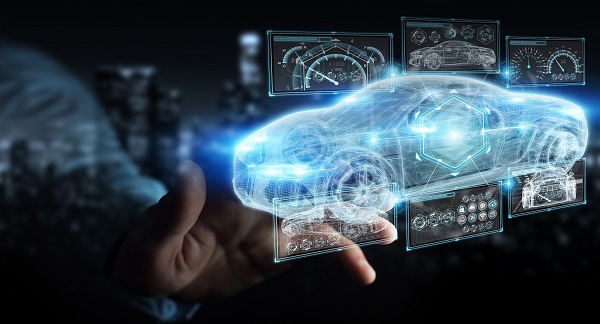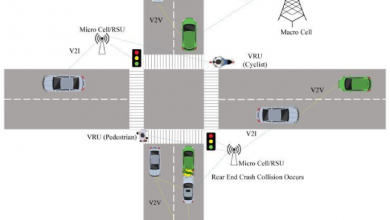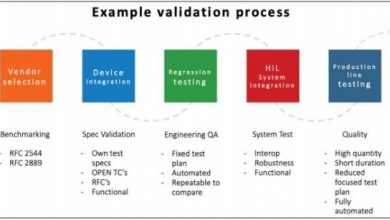Capitalize on Connected Car Data!

Autonomous vehicles or self-driven cars are certainly a few years away from us, but we have connected cars on our roads now—and they have limitless potential. The automotive industry has been the hotbed for innovation for decades, and that has birthed connected vehicles. What makes these connected vehicles unique is that they can communicate with an automotive OEM or a fleet owner’s cloud infrastructure via the internet. Meaning they have unlocked the door to inexhaustible vehicular data, which can be accessed over-the-air!
Some commentators predict connected cars will create up to 4,000 gigabytes (GB) of data per day—that’s over 1,400 terabytes (TB) of data per year. Big data generated by these vehicles provide incredible insights into vehicle health, driver behavior, traffic patterns, and maintenance. Analytical tools can help convert this data into rich information, which can be used by fleet managers to leverage profits.
Connected Car Data
According to a report published by McKinsey, the revenue pool generated by connected car data monetization, at a global scale, might add up to $450–$750 Billion by 2030. Connected car data is usually generated by the vehicles’ ECUs (Electronic Control Units), CANs (Controller Area Networks), and even infotainment systems. (A modern car may have up to 70 to 100 ECUs!) All this data is available to fleet managers via the cloud infrastructure. So, if a car door is unlocked, or there is some trouble with the vehicle’s engine, or if the coolant temperature is higher than expected, or if there is a slight decrease in the vehicle’s tire pressure—fleet managers will get to know about it in real-time!
How to make the most of connected car data?
Data without analytics, sadly, has very little use. Granted that a modern connected car provides users with a plethora of accurate and real-time data. But what’s next? Raw data needs to be processed so it can be effectively used by apps and services to better the driving experience. Here are few big ideas to get started:
- Data needs to be acquired and stored in a secure and agile cloud environment
- There is a need for standardization so that results are consistent and can be understood universally
- Systems need restructuring to meet the consumer’s expectations of privacy and security
- Deploy the right type of analytical tools to facilitate data-driven decisions
Connected car data provides additional insights and can be more pragmatic than the already existing data knowledge. Fleet managers can yield the benefits of telecommunications, telematics, and ITS (Intelligent Transportation System) to understand what’s happening on the road and within the car.
Connected Car Data and Fleet Operational Costs
Fleet managers in several industries will benefit from connected car data. Fleet managers can use this data to increase overall safety, security, and vehicle efficiency—all this while lowering fleet operational costs.
- Insurance costs
Insurance companies will be the first to know every time a car is in an accident. Video data, vehicle speed before the collision, driver behavior, and other important analytics will be available for review. With CVs, insurance companies will recreate the moments right before the collision and will be able to pinpoint who was at fault. This will be extremely advantageous not only for the policyholder, as data can be useful in exempting faultless drivers. As a result, excellent drivers will be able to reap the benefits of zero liabilities and will not have to suffer from unnecessary premium hikes.
- Maintenance Costs
Connected car data enables the predictive maintenance of vehicles. Real-time data regarding the vehicle mileage, hours of service (HoS), ambient temperature, fuel levels, RPM, and more will always be available at the user’s fingertips. Data obtained from sensors is used to identify maintenance issues before they become worse and completely shut down the entire vehicle. This data helps the fleet managers design suitable maintenance schedules and can keep out expensive corrective or post-breakdown repairs.
- Fuel Costs
It is no surprise that fuel consumption and fleet mileage are directly related to driving behavior. Better drivers produce better fuel economies! Connected cars allow fleet managers as well as drivers to monitor these parameters. Fleet managers can access details about acceleration, deceleration, idling times, harsh-braking, average speeds, total driving miles, and more. One can read this information in conjunction with peaks and dips in fuel efficiency—and understand how these factors influence fuel usage. Optimize fuel consumption with connected car data and see your fuel costs plummet to the ground.
Conclusion
The forces of connected car technology and telematics have combined to create opportunities for improvement. Fleet managers can leverage real-time data to attune their current practices. Using analytical information smartly, vehicle managers can maximize their fleet’s performance. Truly, connected cars have caused an explosion of data, and it is time we learn to monetize it!
References:
1. https://www.airlinq.com/8-industries-being-transformed-by-connected-car-data/
2. https://igniteoutsourcing.com/automotive/connected-car-and-fleet-management/
3. https://www.information-age.com/tconnected-car-data-explosion-123473363/
4. https://otonomo.io/blog/connected-car-data/
Author:

Tushar Bhagat
Director
Uffizio India Pvt Ltd
He is the Technical Director for Uffizio India Software Consultants Pvt. Ltd. In this role he leads the company’s technical development, overseeing a team of software developers and sales professionals and managing the annual spend.
Published in Telematics Wire



